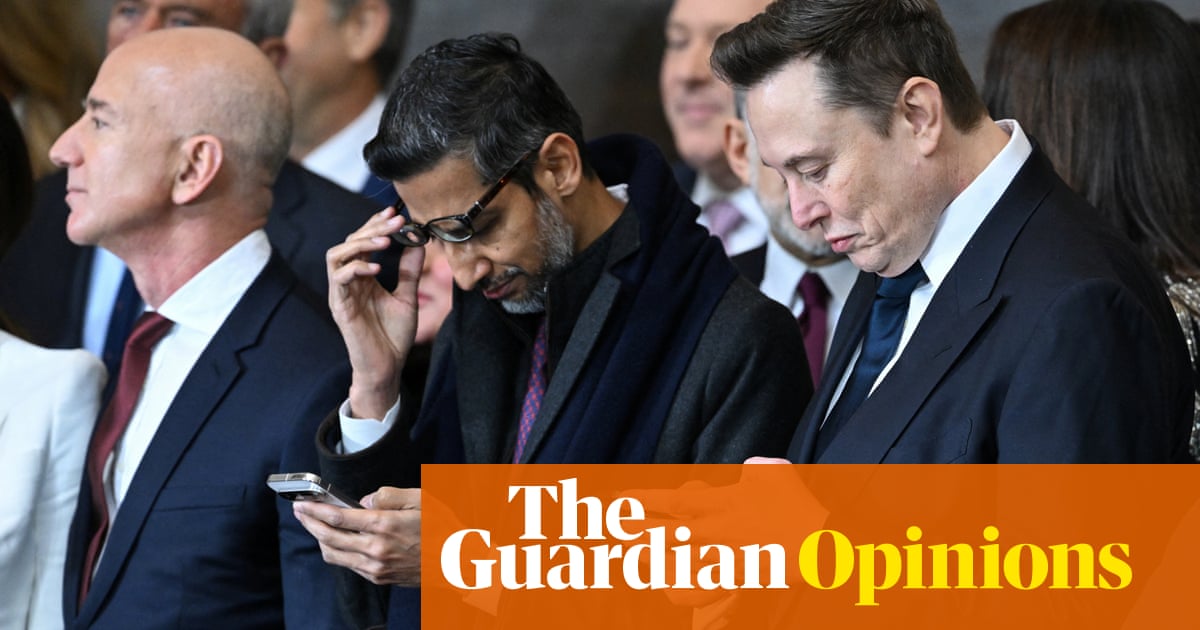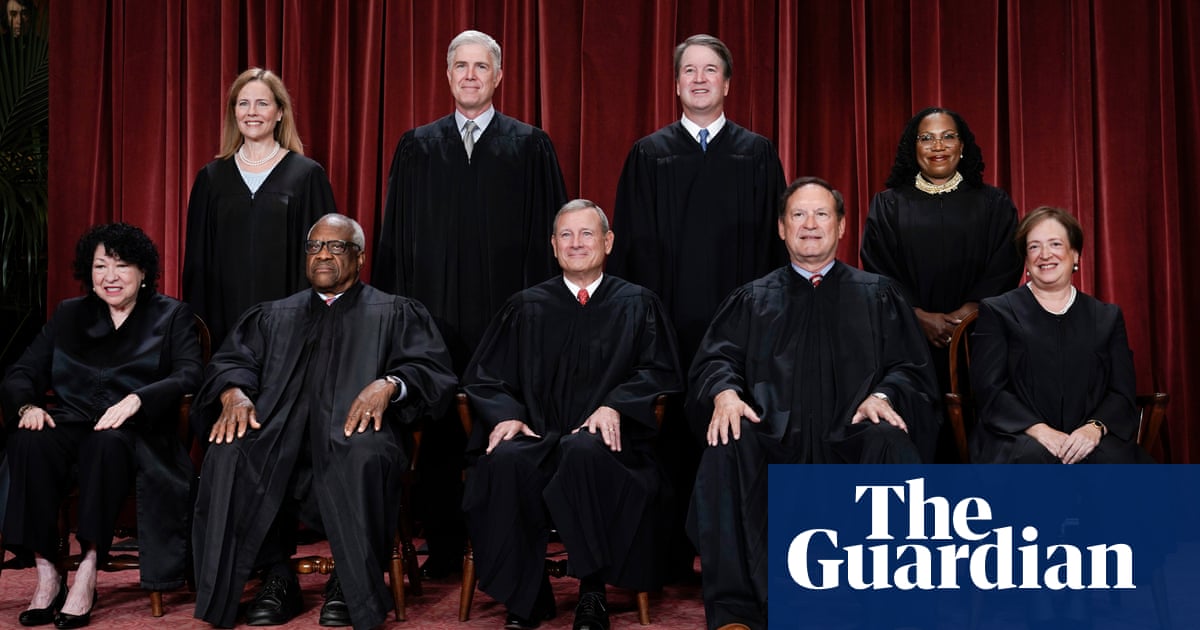Last week, Donald Trump issued another executive order, this one aimed directly at the Smithsonian Institution, and called for “Restoring Truth and Sanity to American History”. He contended that the Smithsonian had “come under the influence of a divisive, race-centered ideology” and that it advocates “narratives that portray American and Western values as inherently harmful and oppressive”. Specifically, the order targeted American history and art that focused on stories of race and racism.
Being responsible for the distillation of the nation’s narrative is no small thing. The Smithsonian oversees 21 museums, libraries, research centers and the National zoo. Every year millions of people visit various sites that are free to the public. The collection of museums represents the pinnacle of public history and the story America tells the world about itself.
But Trump’s executive order is not about restoring the truth. Quite the opposite. It creates false narratives and myths that promote the supremacy of whiteness. This executive order has the potential for harm because erasure is violence; it robs the public of the truth. Because there is no way to explain slavery and segregation as not “inherently harmful and oppressive”, Trump would rather not explain it at all.
One of the most popular Smithsonian sites is the National Museum of African American History and Culture (NMAAHC), affectionately known by Black people as the “Blacksonian”. The museum was conceived of as early as 1915 by Black veterans who fought during the civil war and wanted recognition for their service and valor. These soldiers were not only left out of national memorials and ceremonies, but also faced tremendous discrimination often culminating in deadly violence when they returned home. They wanted a space and memorial that would honor their achievements and pivotal contributions.
It was impossible to separate the story of Black military service and valor from racial discrimination and violence. Similarly, one cannot separate out the “good” from the “bad” in creating an honest narrative about the United States. Accordingly, the NMAAHC holds a special place in America, one where the complexity of George Washington and Thomas Jefferson are recognized as founding fathers and slaveholders. There is no abolitionist movement without slavery. There is no suffrage movement without women’s denial. There is no civil rights movement without racism and oppression. These are the facts. Museums exist to collect, preserve and exhibit the past as it happened. Archivists and curators care deeply about their mission to be accurate and authentic.
An America that will re-erect statues and rename military bases after Confederate generals, while simultaneously stripping the evidence of race and racism from the Smithsonian history museums isn’t correcting the historical record. That nation is whitewashing the political record to legitimize the actions of those in power. Slavery is a fact. Jim Crow is a fact. Racist and exclusionary immigration laws are a fact. Japanese internment is a fact. Native American removal and extermination is a fact. Mexican and Mexican American expulsion is a fact. Removing them from the sight of the public doesn’t change the facts, it only changes one’s perspective on and relation to them politically.
Museums offer cautionary tales, hard lessons about where the country has been and where we hope to never be again. They hold a great deal of public trust, perhaps more than schools, media, newspapers or even films. Patrons get to experience first hand documents, letters, original photographs and artefacts. Museums are public time capsules of where we have been. I will never forget seeing Emmett Till’s casket, Harriet Tubman’s shawl, Nat Turner’s Bible or an early flag of the First Republic of Haiti. These artefacts do more than defy the odds by still existing; they tell a powerful story about who people were during the times that they lived. Museums should not be party to culture wars. Our history is a collective memory whether Trump likes it or not.
A nation that cannot reckon with its past, triumph and tragedy, is ultimately a weaker one; puffed up with its own delusions of grandeur. There is more power in the truth than there is in a lie. The efforts in the last 50 years to give the powerless a place politically, academically and legally is not from a revisionist view of American history, but rather a move to make all of America the democratic nation it claims to be.
Moreover, key features of the NMAAHC reflect optimism, spirituality and joy because anti-Blackness is not the totality of the Black experience. The museum showcases Black food pathways, artistry, music, sports, film, ingenuity and technological advancements. It is a celebration of achievement despite the barriers and challenges racism presents. But even if museums solely focused on slavery, they still deserve a right to exist. America has been a land with enslaved people longer than it has been a county without slavery.
Are museums contested spaces? Absolutely. No one space can include everything and offer an exhaustive history of a country, person or movement. But what is included or not included is painstakingly considered. Museums are bipartisan sites where everyone can grapple with the good, bad and the ugliness of nation making. But Trump will not stop until every American relic reflects his imaginary world view, a place where few can see their lived experiences on full display.

 German (DE)
German (DE)  English (US)
English (US)  Spanish (ES)
Spanish (ES)  French (FR)
French (FR)  Hindi (IN)
Hindi (IN)  Italian (IT)
Italian (IT)  Russian (RU)
Russian (RU)  1 day ago
1 day ago
























Comments